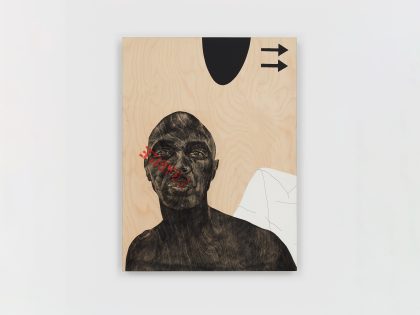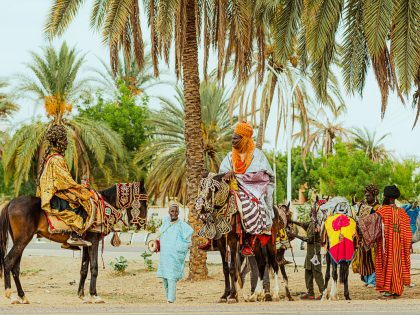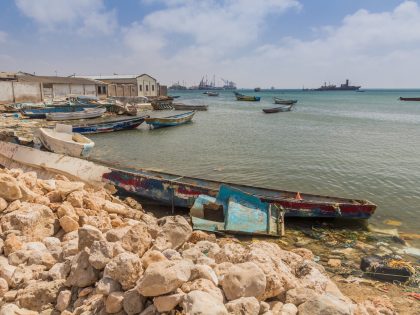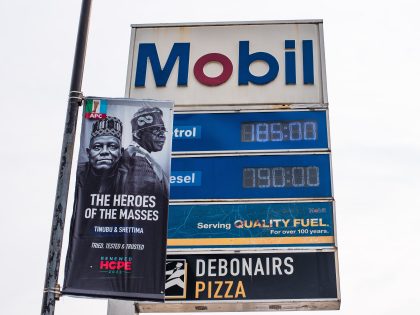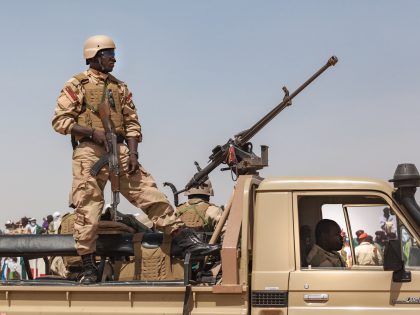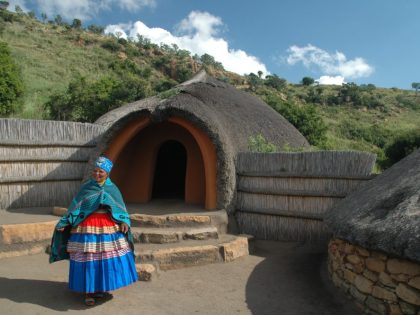My favorite photographs N°8: Sydelle Willow Smith

Among the most striking portraits in South African photographer and filmmaker Sydelle Willow Smith’s online portfolio are those taken in the Western Cape, reflecting much of what Cape Town and the wider province stand for: the engaging (solidarity and protest marches; parades; a reportage about Blikkiesdorp, no longer just a “temporary” village echoing the crudest forms of Apartheid-like urban planning), the entertaining (the music and party scenes), and the ugly (simmering xenophobic feelings against foreign migrants). When asked to pick and comment on her five favorite photographs, she sent through the following.
This first photo (above) was taken on the outskirts of Livingstone during Greenpop’s Trees for Zambia Project last July. I am always amazed at how keen people are to have their photograph taken, even if you tell them you probably won’t be able to get them back a copy. The kids began performing for the camera at their school and we took a couple of fun shots of myself and them; in a moment they relaxed and I snapped, and got the “real” moment I was hoping for — whatever that means.
Earlier this year I was given a press pass to photograph the J&B Met, a high-end horse racing event in Cape Town. I wondered around in the hot sun thinking of Martin Parr’s work. At the end of the day, sunburnt and annoyed with the lavish nature of the event I left. At the entrance a group of promoters were eagerly harassing passers-by and I snapped this picture. I love the balance between the strength of the man and the delicateness of the woman:
In January 2010 I was lucky enough to travel to Diani Beach in Kenya to work on ‘Skiza’, a cultural exchange project. After that my partner and I decided to go and explore Lamu Island. Off the coast of Mombasa, teeming with Muslim Kenyans, a couple of tourists, and donkeys, this no car tourist haven was fascinating.

Fishermen still use ancient dhal fishing boats, the serenity was incredibly calming. When we left we learnt oil had been discovered off the coast. I am not sure what Lamu is like now.
I am working as an anthropology researcher/photographer on a book by The African Centre for Cities at the University of Cape Town. I met a woman, Thoka, selling chickens (“nkukus”) on Landsdowne Road and got to know some of her chickens soon to be sold for R15-20 a pop, township free-range style.

When I was studying photography at The Market Photo Workshop I used taxis to get from the North of Johannesburg where I grew up to town. Jozi taxis use a sign system. When I moved to Cape Town I was fascinated by the fact that taxis work in a team with a gaatjie who shouts out the route, counts the change (thank god as getting stuck in the front of a Jozi taxi and having to count change sucks). This gaatjie let me hang out with him for an afternoon on his Claremont route, he also explained that he used tik while he was working as the kick made him better at his job of herding potential customers to his taxi.

Visit Sydelle’s website and her facebook page to see more of her work.













